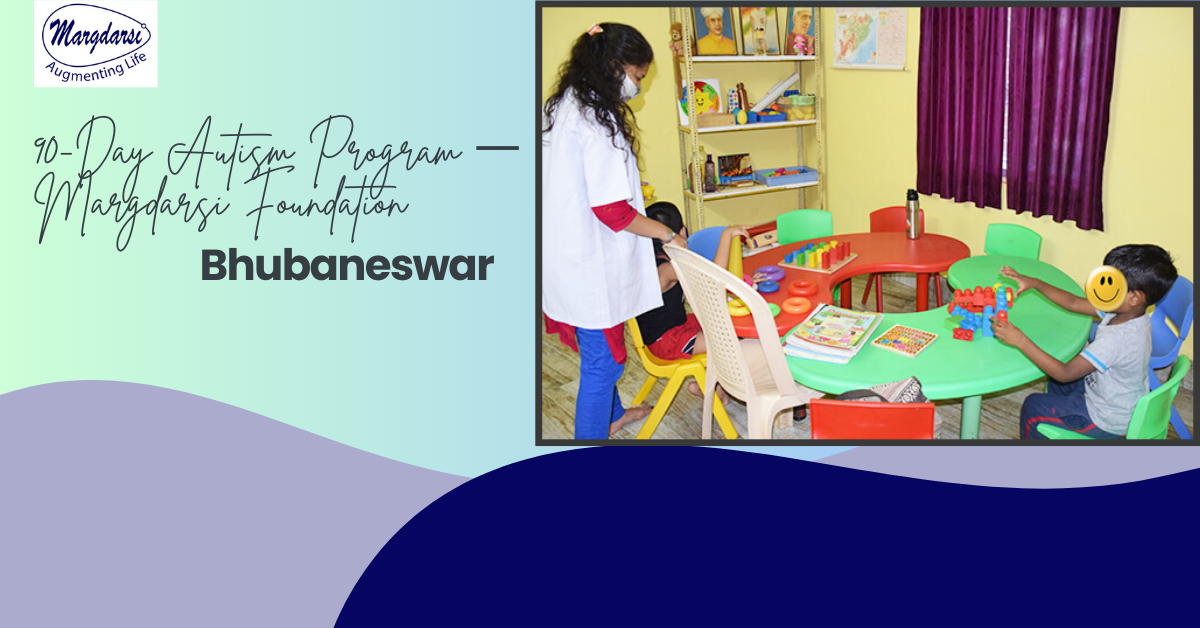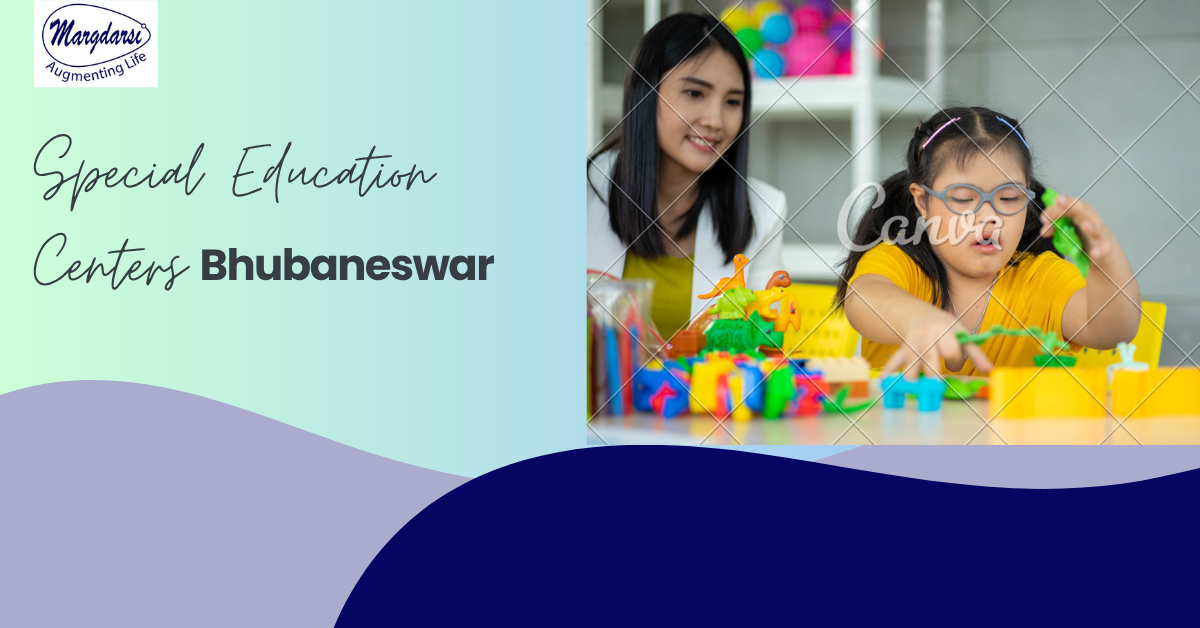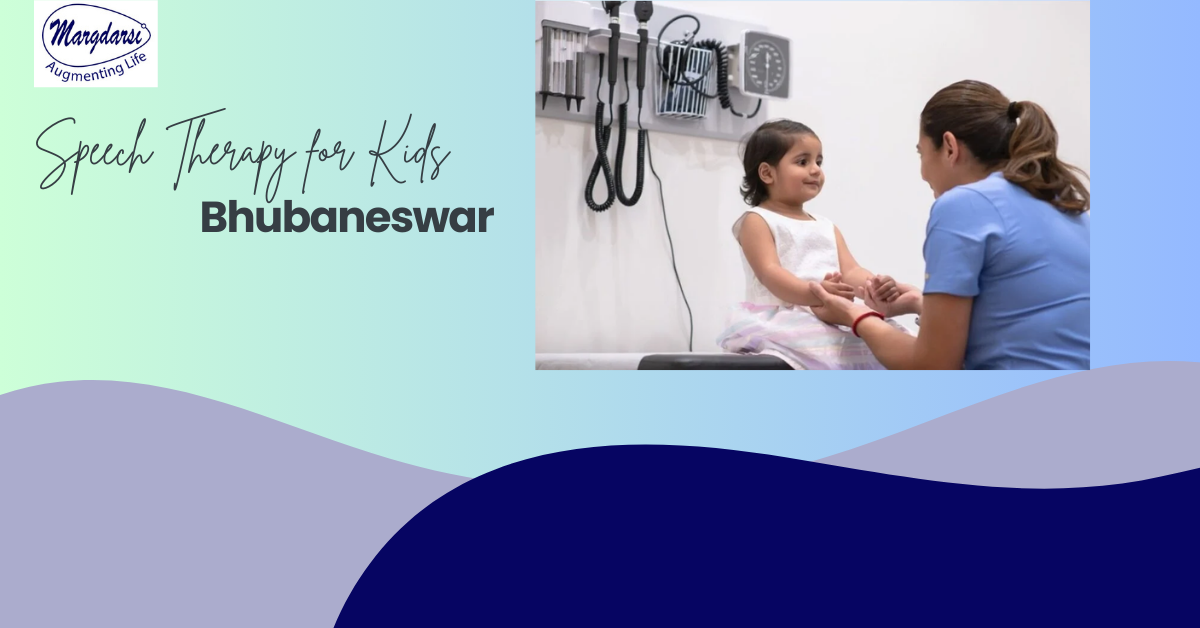
90-Day Autism Program — Margdarsi Foundation
admin
- 0
Early, focused intervention can change a child’s developmental path. Margdarsi Foundation’s 90-Day Autism Breakthrough Program is a short-term, intensive pathway designed to build core communication, social and daily-living skills in young children with autism spectrum disorder (ASD).
The program combines assessment, individualized therapy, caregiver training and measurable milestones so families see clear progress in a focused window.

Who is this program for?
The 90-day program is best suited for:
-
Children diagnosed with ASD or showing early signs of social-communication delay (typically ages 2–8).
-
Families who want an intensive, time-bound program to kickstart progress.
-
Children who can attend regular in-clinic sessions and whose families can engage in daily home practice.
How the 90 days are structured
The program follows three clear phases so learning is systematic and practical.
Phase 1 — Assessment & Goal Setting (Week 1–2)
-
Comprehensive intake: developmental history, standardized screening, speech and language checks, play-based observation and any medical/hearing checks needed.
-
Baseline measurement: therapists record current skills across communication, play, behaviour and self-help.
-
Individualized plan: short-term goals (30–90 days) and weekly targets are co-created with parents.
Phase 2 — Intensive Therapy & Skill Building (Week 3–8)
-
Multidisciplinary sessions: speech-language therapy, behaviour-focused teaching (ABA principles), occupational therapy (sensory strategies) and structured play.
-
Frequency: typically 3–5 sessions per week depending on the child’s needs; each session focuses on 2–3 target skills.
-
Small, measurable steps: sessions emphasize repetition, prompting-fading, and generalization across settings.
Phase 3 — Generalization & Caregiver Training (Week 9–12)
-
Transition focus: therapists practice skills in real contexts (mealtime, playgroups, school readiness tasks).
-
Parent coaching: daily home-programs, simple strategies, and caregiver coaching ensure skills transfer outside the clinic.
-
Final evaluation: progress is compared to baseline and a post-program plan (next steps or maintenance) is provided.
What techniques and therapies are used?
Margdarsi’s approach is practical and evidence-based, combining:
-
Speech & language therapy — focus on expressive language, receptive understanding, and alternative communication tools (AAC) when needed.
-
Behavioural strategies — discrete trials, task analysis and reinforcement systems to teach adaptive skills and reduce disruptive behaviours.
-
Occupational therapy — sensory integration, fine motor and self-help training to increase independence.
-
Structured play & social skills groups — target turn-taking, eye contact, imitation and peer interaction.
-
Parent training — coaching caregivers to use simple prompts, reinforcement and routines at home.
Realistic outcomes to expect in 90 days
Outcomes vary by starting level, age and family involvement. Typical measurable gains in a focused 90-day program include:
-
Improved response to name and basic instructions.
-
Increased number of functional words or use of simple phrases.
-
Better eye contact and turn-taking in short interactions.
-
Reduced frequency of specific challenging behaviours through replacement skills.
-
Improved daily routines such as dressing, feeding or basic toileting steps.
Therapists document weekly progress so parents can see incremental gains and understand the next steps.
The role of parents & caregivers
Caregiver involvement is the single biggest factor that determines success. Margdarsi emphasizes:
-
Daily home practice — short, consistent activities (5–15 minutes, 4–6 times a day) tied to therapy goals.
-
Consistency — using the same language cues and reinforcement strategies at home and in the clinic.
-
Record keeping — simple progress notes that help therapists adjust targets quickly.
-
Positive routines — embedding learning into mealtimes, play and daily chores.
Parents receive hands-on coaching during the program so they feel confident continuing the plan after 90 days.
How progress is measured
-
Baseline and exit assessments use simple, repeatable checklists that cover communication, social interaction, behaviour and self-help skills.
-
Weekly session notes track micro-targets (e.g., number of spontaneous words, independent steps of a task).
-
A final progress report summarizes achievements, remaining goals and recommendations (continued therapy, school supports or periodic follow-ups).
Who leads the program
A multidisciplinary team including speech-language therapists, occupational therapists, behaviour specialists and clinical psychologists deliver the program. Each child has a primary therapist who coordinates the plan and communicates with parents weekly.
Cost, scheduling & enrolment
Margdarsi typically runs limited-capacity 90-day cohorts to keep group sizes small and maintain therapy intensity. For exact schedules, session frequency and pricing, contact Margdarsi’s intake team to book an initial assessment and availability check.
Call to action: Book an assessment at Margdarsi Foundation to see if your child is a good fit for the 90-Day Autism Breakthrough Program. Early action and consistent practice can make a meaningful difference.
Frequently Asked Questions (short)
Q: Will 90 days “cure” autism?
A: No. Autism is a lifelong neurodevelopmental condition. The 90-day program is designed to accelerate skill development and provide caregivers with effective tools; long-term progress continues with ongoing intervention and support.
Q: My child is older than 8 — is this program useful?
A: The program can help older children too; goals and methods are adapted to developmental level. Discuss specifics during intake.
Q: What if my child cannot attend daily sessions?
A: Margdarsi offers tailored frequencies and caregiver-led home programs; discuss flexible options during the initial assessment.


